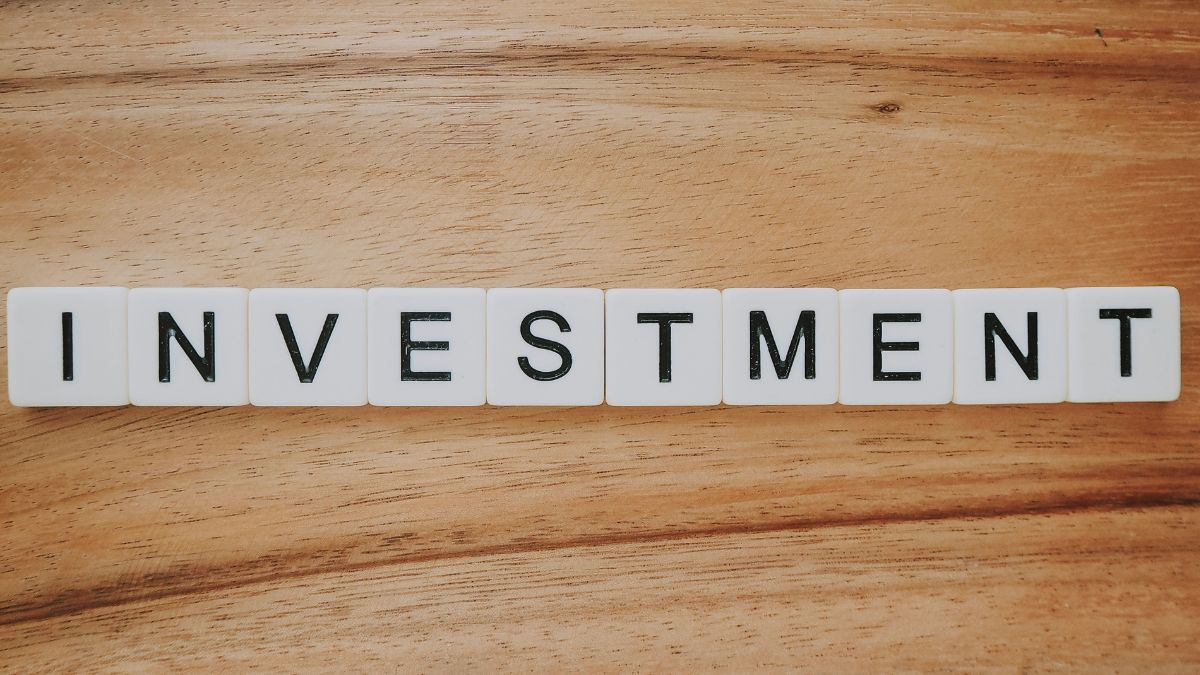Investing might sometimes look like learning a new language, especially when some terms are used like yield and return. Although they seem so alike in sound, these two are not synonyms and understanding their distinction could help you in making investment decisions. This is a simple breakdown of these terms.
What is yield in investing?
Yield refers to the income you earn from an investment, expressed as a percentage of its cost or market value. It is often used to measure how much income you can expect from a stock, bond, or other investments over a certain period.
For example:
- If you buy a stock for $100 and earn $5 in dividends in a year, your yield is 5%.
- Yields can also include interest earned on bonds or real estate income from property investments.
Yield focuses on what you are earning in relation to the value of the investment itself.
Read more: Is it worth investing in Palladium? What this precious metal is used for and the best way to invest
What is return and how is it different from yield?
Return, on the other hand, is the total profit or loss you make on an investment. It includes all forms of income, such as dividends, interest, and capital gains (the increase in value when you sell an asset for more than you paid).
Key differences between yield and return:
- Yield: Focuses on income as a percentage of the original or current value of the investment. It does not consider changes in the price of the asset.
- Return: Looks at the total earnings, including price changes, and is expressed as a dollar amount or a percentage.
If you bought a stock for $100, earned $5 in dividends, and sold it for $120, your return would include the $20 price gain plus the $5 in dividends, totaling $25.
Why is yield important for investing?
Yield is a critical metric for investors who prioritize income, like retirees looking for steady cash flow or those building a portfolio to generate passive income.
Here is why it matters:
- Predictability: Yield helps you estimate the income you can expect from an investment.
- Comparison tool: It is a handy way to compare different income-generating investments, such as bonds versus dividend stocks.
- Risk assessment: Higher yields often come with higher risk. A very high yield might indicate that the investment is riskier than others.
Read more: I want to invest in shares: how to find an online stockbroker that works for you
How to calculate yield and return
When calculating yield:
- The generated income (like dividends or interest) is divided by the cost or current market value of the investment.
- This result is then multiplied by 100 to get the result in percentage form.
To find returns:
- Subtract the original investment from the final value (including income and price changes).
- To express this as a percentage return, divide by the original amount and you multiply by 100.
When to use yield versus return in your decision-making
Yield will give you a good idea of what regular income you can expect while return will give you a more comprehensive picture of your overall performance including capital growth. Both are important, but it depends on what your investment objectives are.
Continue reading:
One of the worst investment strategies: why you really don’t want to keep your money at home

